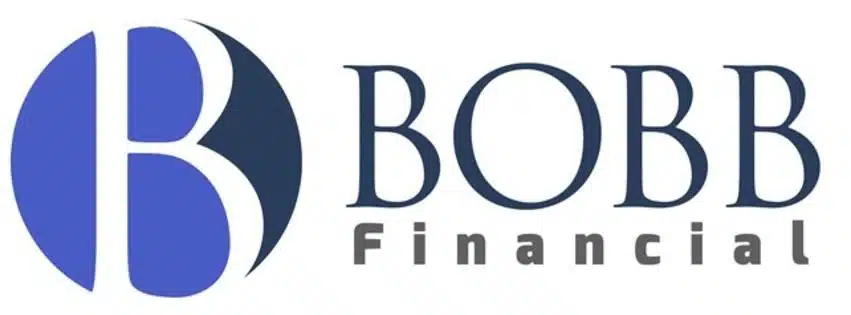The end of the year is quickly approaching, which can only mean one thing for us finance nerds – year-end tax planning! The end of the year is a great time to evaluate a multitude of things that can help save you tax dollars today and in the future, so I wanted to share a few things for you to consider right now.
Have you withheld enough from your income to cover your tax liability for the year?
This is important for new retirees because they have a big change in their sources of income when they transition to full retirement. Instead of getting a salary and taxes withheld from their paychecks, they will collect a FERS annuity, Social Security and investment income from IRAs, TSP and other sources.
As each of these income sources allow federal and state taxes to be withheld, it’s important to have enough tax withheld by the end of the year to cover your annual tax liability. Note – the tax safe harbor rule says that if a certain amount of taxes are withheld, there will be no underpayment penalties.
Evaluate Roth Conversions
This is essential for retirees who want to make the most of their money. There are many situations where it would make sense to do a Roth conversion by the end of the year. A Roth conversion involves taking funds from a traditional IRA and moving them to a Roth IRA.
Here are a few of them:
- You expect to be in a higher tax bracket in the future.
- You lost a spouse this year and your tax bracket will go up next year.
- You got divorced this year and your tax bracket will increase next year.
- Your kids are in higher tax brackets than you.
- You won’t spend all of your Required Minimum Distributions (RMDs).
- You expect taxes to go up in the future.
Evaluate your tax situation now compared to what it will be in the future and decide if a conversion is a good fit this year.
Do a Qualified Charitable Distribution (QCD)
A QCD allows a person aged 70 ½ or older to give funds directly to a charity from their IRA. With this type of direct transaction, there are no taxes due when the donations are withdrawn from the IRA.
A QCD is a terrific way for retirees or those age 70 ½ or older to give to charities. With the standard deduction being almost $28,000 ($13,850 for single), most feds and retired feds will take the standard deduction. When a couple takes the standard deduction they get no benefit from charitable giving beyond a nominal donation of $300.
Another benefit to QCDs is that they can be used to satisfy RMDs.
One note here is that QCDs cannot be done from TSP; they must be done from an IRA.
Donate Appreciated Positions
Here is another way to get a tax break when donating to charity. While most people donate cash to charity, it could be a benefit to donate appreciated assets like a stock, mutual fund or ETF. When one of these assets is donated to a charity there are no taxes due on the gains. The position must be held for 12 months or longer before it can be donated directly to a charity in this scenario. You also still get the full charitable deduction, which helps if you itemize on your taxes.
Tax Loss or Gain Harvesting
This is a great option for taxable accounts. If you have positions that have lost money, you can sell them and harvest the loss. The losses can be used to offset gains or to deduct up to $3000 from income. Any excess losses can be carried forward to offset gains and income in future years.
One thing you need to be aware of with loss harvesting is the wash sale rule which says you can’t buy a “substantially same security” within 30 days. You can buy a similar investment, just not too similar.
Tax gain harvesting is often a good fit for retirees in the 12% income tax bracket with a taxable account, because their capital gains rate is 0%. It is somewhat common for federal retirees to find themselves in this bracket at some point in retirement and when that happens they can sell appreciated positions in a taxable account and buy those same positions back and increase their basis.
Bunch Your Deductions
The Tax Cut and Jobs Act of 2017 greatly increased the number of taxpayers who take the standard deduction and reduced the number who itemize. What this means to normal taxpayers is that now they don’t get a tax benefit for things like real estate taxes, mortgage interest and charitable giving.
Bunching can help to offset this lost tax benefit. Here is the way it works – you do your charitable giving for 2024 now, so that you can take the deduction in 2023. You also want to look at any other deductions you could take ahead of time and bunch two years of deductions into one. Here is some more info on bunching deductions.
Tax planning is an essential practice for anyone wanting to make the most or keep the most of their money. If you need help with these strategies on your retirement journey you are welcome to book an introductory call with me.
Brad Bobb, CFP® is the owner of Bobb Financial Inc, and an expert in retirement planning for federal employees.

